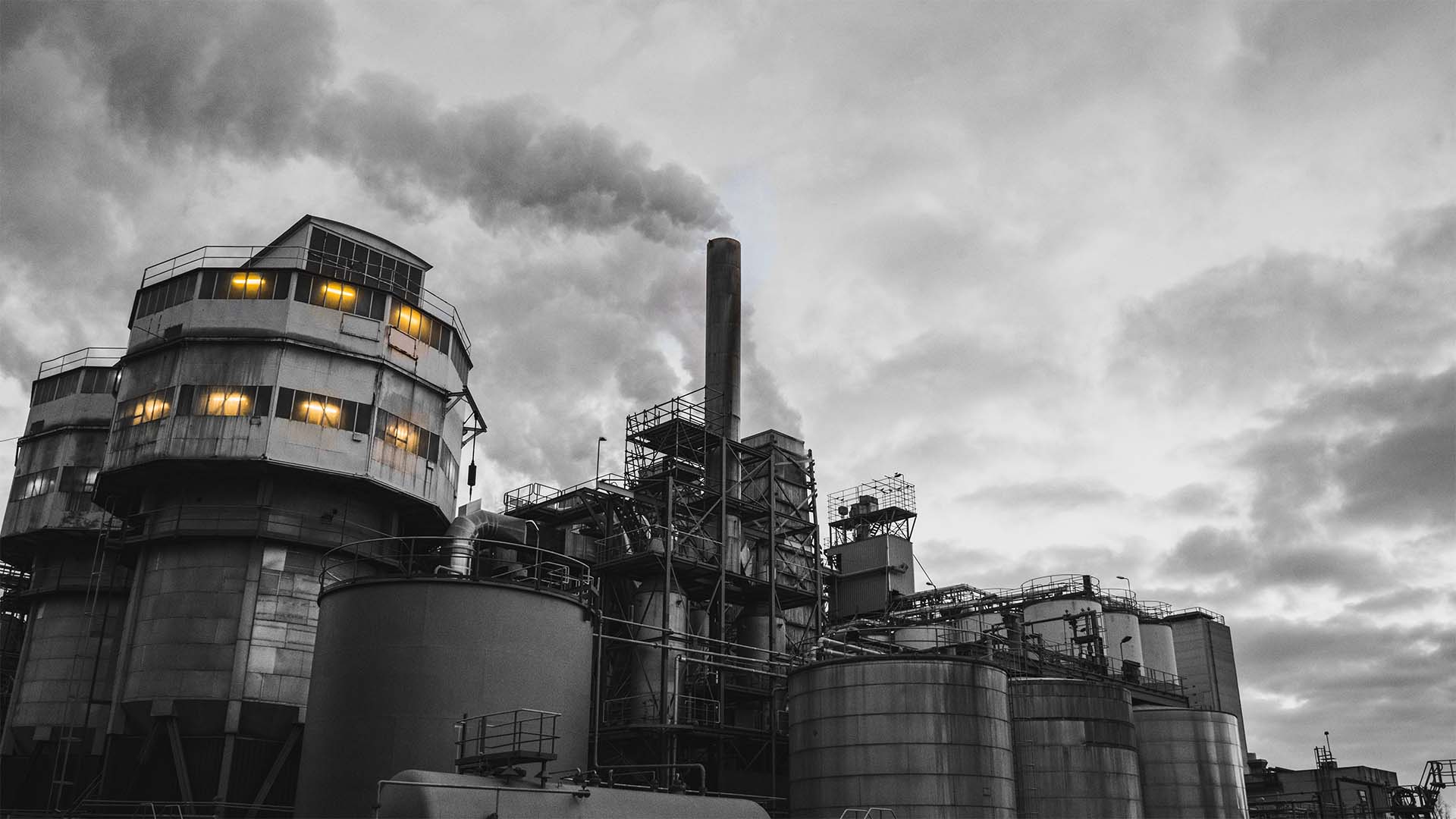Businesses are already feeling the physical and financial impacts of climate change.
To effectively manage the risks and opportunities, it is crucial to understand the current situation. The Earth’s temperature has increased by 1.2 degrees Celsius (2.2 degrees Fahrenheit) since 1890, according to scientific evidence. This is primarily due to the carbon dioxide emissions resulting from the burning of fossil fuels for heat and electricity by humans. If we fail to decrease our carbon dioxide emissions, the Earth’s climate could eventually warm by 4 degrees Celsius compared to pre-industrial levels.
However, this is an annual average, and actual temperatures will have peaks and troughs. For instance, in a 2010 Russian heat wave associated with climate change, temperatures rose 10 degrees Celsius above seasonal norms, leading to the death of tens of thousands of people.
In our latest blog, we will explore the significant risks that climate change poses to businesses and how all industries can reduce the impact of these risks through a process known as ‘climate change adaptation.’
- Climate risk refers to the adverse physical and financial consequences that businesses face as a result of global warming.
- Climate risk is not a problem for the future, but it is a pressing issue right now.
- Climate change is already causing costs to rise, sales to decline, and operations to be disrupted on a global scale.
The following are examples of the effects of climate change:
1. Supply chain disruption:
In 2021, a typhoon caused by climate change in Malaysia halted local manufacturing, causing a semiconductor shortage that affected operations for some US automakers since Malaysia packages most of the semiconductors imported by the US.
2. Higher costs:
The Australian bushfires in 2019-20, caused by climate change, burned more than 46 million acres of land, costing insurance companies USD 1.3 billion in claim payouts.
3. Lower sales:
The warming climate is resulting in shorter, warmer winters that impact the revenue of seasonal ski companies that depend on long winters for sustainable revenue.
4. Transportation disruption:
Droughts have caused record low water levels in the Rhine River, a vital European transportation channel, preventing steel companies from shipping products and tourism companies from running river cruises.
5. Food shortages:
Farmers rely on consistent water for crops, and a warm, dry winter in Italy led to a reduction of 30% in rice production, while countries like Pakistan saw even worse impacts.
6. Regulatory risk:
As the negative impacts of climate change increase, public pressure is mounting, and governments are beginning to act, with the US Securities and Exchange Commission announcing plans to require publicly traded companies to report their emissions and climate-related risks.
What Is Climate Change Adaptation?
To minimise the impact of climate change on their businesses, companies must engage in climate change adaptation, which involves taking action to either reduce negative impacts or capitalise on potential opportunities.
Since climate change is already impacting businesses, proactive adaptation is the ideal approach, although reactive adaptation is also an option. Proactive adaptation involves anticipating how climate change will affect operations and planning a response ahead of time to improve the ability to reduce risks and capture opportunities.
One company that has baked climate change adaptation into its core business processes is the Mountain Equipment Company (MEC), an outdoor gear company.
MEC considers climate risks alongside other risks in its strategic planning and investment activities, identifying uncertainty in weather patterns as a major risk that could impact demand for seasonal products or disrupt their supply chain. To proactively adapt to this risk, MEC is reducing uncertainty by collecting data from the local weather service and comparing it to sales data to make more informed decisions about the future. They are also diversifying sourcing by finding more than one supplier for the same product or material, helping suppliers become more resilient, and drawing on more local sources.
Businesses should adapt to climate change for these 4 reasons:
- Identify Risks and Opportunities: Intentionally looking for risks and opportunities can help businesses to prepare for the future. Walmart’s reporting on climate performance to CDP in 2007 revealed previously unseen climate-related risks and opportunities, such as higher costs for cooling and refrigeration, carbon taxes, supply chain disruptions, and potential for new sales from low-carbon products. Conducting a risk assessment can help businesses become more prepared for the future.
- Short-term Savings and Survival: Adapting to climate change can also bring short-term financial benefits, leading to stability and survival in the long term. For instance, Suncor is reducing its water withdrawals from the Athabasca River by increasing efficiency, resulting in lower input costs and less risk of water shortages in the future.
- Attract Investors: Investors increasingly seek companies that are adapting to climate change, knowing that climate change will impact companies’ financial performance and shareholder earnings. In the US, up to one third of investments consider sustainability and climate change performance.
- Prepare for the Future: Climate change adaptation may soon become mandatory for publicly traded companies in the United States and European Union. Identifying and adapting to risks and opportunities now can help businesses be better prepared for mandatory climate reporting in the future.
10 Tips for Corporate Climate Change Adaptation
Here are some tips to consider as your company plans its approach to climate change risks and opportunities:
- Act now: The world’s response to climate change is shifting quickly, so it’s important to start adapting to the reality of climate change today. Don’t wait until it’s too late.
- Think about interconnectedness: Your climate change adaptation is connected to many stakeholders, so it’s important to consider systems thinking when making decisions. Collaborate with customers, internal departments, and outside organisations to develop comprehensive strategies.
- Collaborate with competitors: Climate change will impact you and your competitors in similar ways, so working together on solutions can be beneficial. ClimateWise is an example of 40 global insurance companies collaborating to reduce their climate-related risks.
- Learn from leaders: Find out what others in your industry are doing and let their ideas inspire you. Look for case studies and best practices to help inform your strategies.
- Integrate adaptation into core business processes: Incorporate climate risks into your strategic planning processes and involve senior executives in charge to ensure that it is a priority.
- Involve employees: Front-line employees may have valuable insights into risks and solutions. Involve them in the planning process to reduce resistance to changes.
- Support disadvantaged groups: Be aware of those who will be negatively affected by your actions and seek to ease their transition. For example, provide support to workers who are impacted by the closure of coal-fired power plants.
- Expect uncertainty: Even a robust risk assessment can’t provide certainty about the future. Build multiple “if-then” scenarios and invest in more than one technology to be prepared for different outcomes.
- Include mitigation in your adaptation strategy: Mitigation is a critical part of any adaptation strategy as it can reduce the need for rapid adaptation.
- Report on your adaptation efforts: Reporting frameworks like CDP or Sustainalytics can help companies compile climate change information and share data with investors and stakeholders, giving your efforts more structure and legitimacy. Voluntary reporting now can help prepare you for a future where reporting is mandatory.

